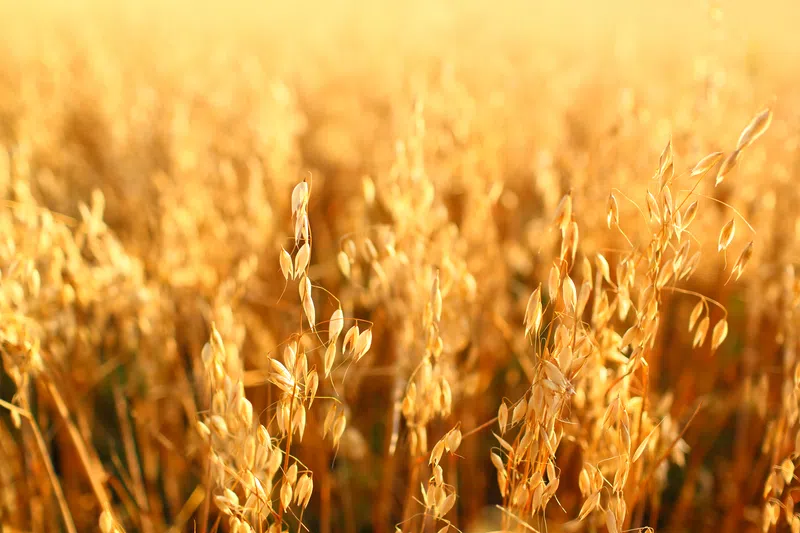As of June 10, emergence for major crops in the North West Region (Region Four) has reached 94 per cent, which is ahead of the five-year average of 77 per cent and the 10-year average of 80 per cent.
That’s according to the latest crop report from the Agriculture Financial Services Corporation (AFSC) and the Government of Alberta.
Major cereal crops are at the early tillering stage, and with windy conditions throughout the week impacting soil moisture, the report says sub-surface moisture is rated at 42 per cent poor, 26 per cent fair, 28 per cent good, five per cent excellent, and zero per cent excessive.
Tame hay conditions are reported as 11 per cent poor, 35 per cent fair, 37 per cent good, and 17 per cent excellent.
Just as seeding operations were completed at a rapid pace this season, the report says crop emergence has been swift this year as well.
Provincially, major crop emergence has reached 95 per cent, significantly ahead of the five-year average of 84 per cent and the 10-year average of 86 per cent.
Additionally, provincial dry pea emergence and spring wheat emergence is virtually complete (100 per cent) compared to a five-year average of 92 per cent and 90 per cent, respectively. Barley emergence is at 96 per cent and nearing completion, ahead of the five-year average of 84 per cent. For later seeded crops, the canola emergence is at 89 per cent which leads the five-year average of 78 per cent, while the oat crop emergence is at 85 per cent, ahead of the five-year average of 71 per cent, the report explains.
When it comes to major cereal crop development, provincial spring wheat and barley are reportedly in the middle stages of tillering, when the five-year and 10-year average development expected is to only be in early tillering for this week. Similarly, oat crop development is in the later stages of leaf development, ahead of the five-year and 10-year average development expectations of middle leaf development at this time.
The AFSC and provincial government note, though crop emergence and development have occurred at a favourable pace, the current limited soil moisture is not supportive, particularly in advanced crops where deeper soil moisture reserves are needed. Weather conditions in Alberta can vary rapidly, however, and timely rainfall will be needed in several regions for crop development to continue to progress. Reports indicate that precipitation is anticipated across most of the province prior to the release of the next report, scheduled to be released on June 20.
Surface soil moisture levels across the province have continued to decrease this week due to ongoing dry and windy conditions. The provincial good-to-excellent surface moisture rating is currently 20 per cent, which remains well below the five-year average of 61 per cent and the 10-year average of 61 per cent.
Similarly, sub-surface soil moisture levels have continued to decline, with the province sitting at a good-to-excellent rating of 26 per cent, below the five-year average of 56 per cent and the 10-year average of 58 per cent.
The North West Region reports 32 per cent sub-surface moisture, lower than the five-year average of 49 per cent. That’s compared to the South Region at 19 per cent, also below a five-year average of 46 per cent; the Central Region at 35 per cent, below the five-year average of 56 per cent; the North East Region at 18 per cent, under the five-year average of 70 per cent; and the Peace Region, with a sub-surface good-to-excellent rating of 36 per cent, down from the five-year average of 72 per cent.
Meantime, the majority of provincial pasture conditions are considered “fair,” the report says. The provincial good-to-excellent pasture growth rating is 37 per cent, which is below both the five-year average of 59 per cent and the 10-year average of 57 per cent.
Regionally, the North West leads pasture growth with ratings reported at 55 per cent, compared to 33 per cent for the South Region, 41 per cent for the Central Region, 33 per cent for the North East Region, and 22 per cent for the Peace Region.
When it comes to tame hay growth, conditions have declined compared to last week, with the provincial good-to-excellent rating at 40 per cent, below both the five-year average of 60 per cent and the 10-year average of 58 per cent.
Regionally, tame hay growth ratings are reported at 54 per cent in the North West Region, lower than the five-year average of 68 per cent. The South Region is at 32 per cent, below the five-year average of 52 per cent. The Central Region is at 52 per cent, lower than the five-year average of 67 per cent, while the North East Region is reported as 33 per cent, under the five-year average of 56 per cent. The Peace region, meantime, is reported as 22 per cent, compared to the five-year average of 55 per cent.













Comments